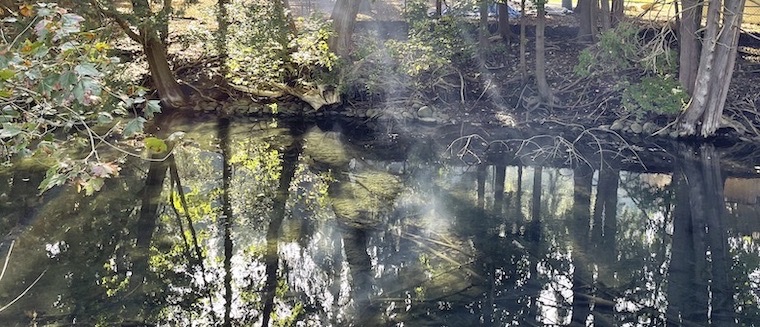Document Type
Article
Publication Date
11-18-2021
Abstract
I was just six years old when I first remember being aware that our environment was in danger. Waking up after a 20-hour journey to Delhi, India, I blew my nose and found my tissue covered with flecks of black soot. Horrified and unsure of why this had happened, I rushed to my mother for an explanation. Each time I have returned to Delhi and other urban centers in India since, the sky appears increasingly obscured by smog (a smoky fog consisting of pollutants, particulates, and ozone that hangs ominously overhead) and relatives seem to complain more about the air around them, irritating their eyes, lungs, and heads. On my last few trips to India, I have experienced the impacts of environmental destruction firsthand, although admittedly, in a manner not nearly as severe as those who must dwell long-term among such pollution. Each visit introduces a troubling new normal, from spending hours on tarmacs hoping that the smoggy haze will dissipate enough to fly a plane, running for shelter as a downpour of acid rain falls from above, or trying to walk along beaches strewn with so much washed-up garbage that one can barely see the sand. My mother complains that microscopic flecks of ash in the air prevent her from wearing contact lenses. My sisters wake up coughing and congested.



